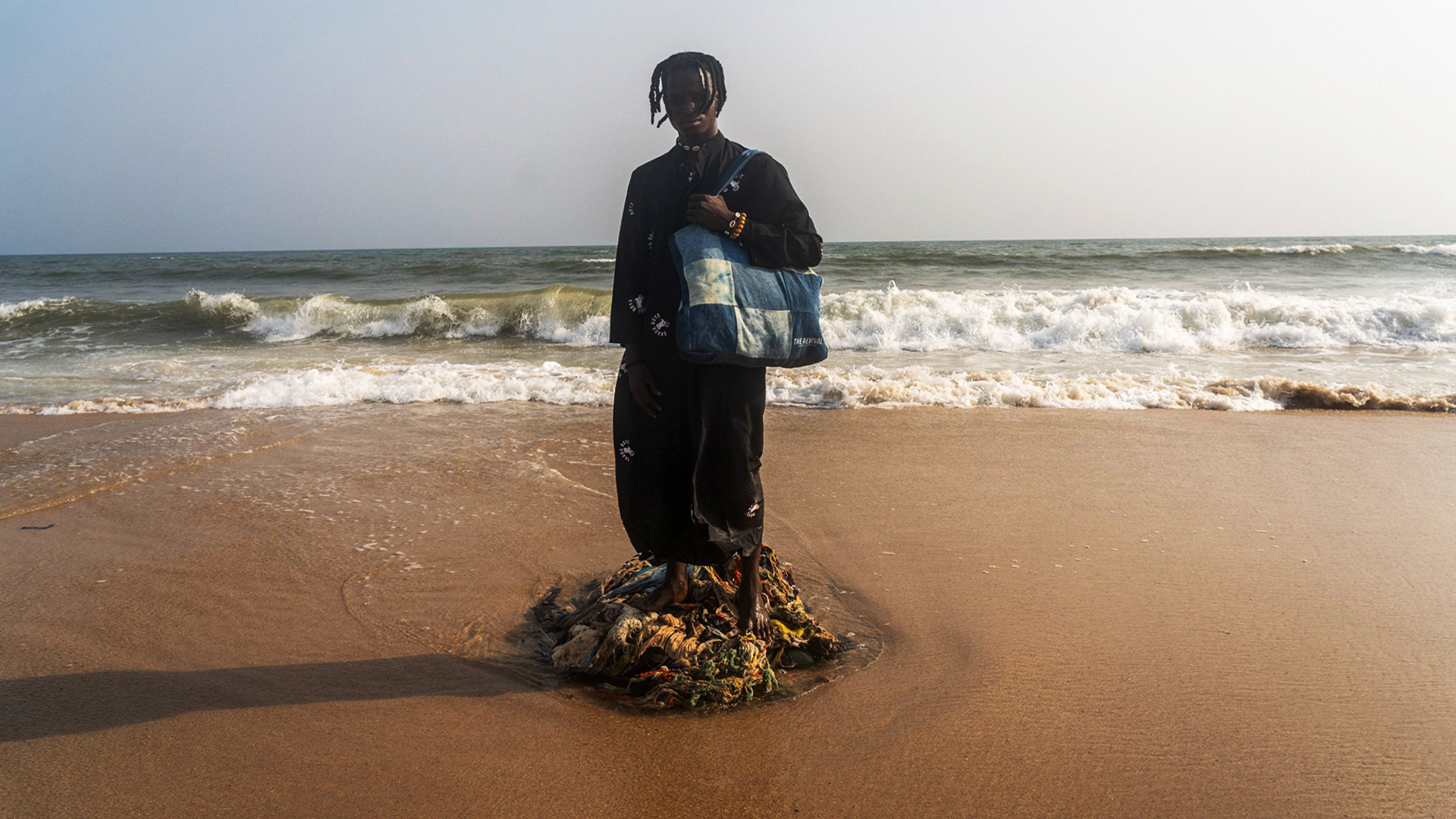In recent decades the international trade of second-hand fashion in the Global North has increased thanks to the rapid consumption and disposal of fashionable garments, with their final destination being export to the Global South. In recent years, we have also seen a return from the Global South to the Global North of the same garments in other forms.
Global North vs. Global South
These terms are not geographical indicators but describe a set of countries according to their socio-economic and political characteristics.
Global North encompasses developed countries such as Australia, Canada, South Korea, the United States, Europe, Israel, Japan, New Zealand, Russia, Singapore, and Taiwan.
The Global South refers to developing countries and comprises Africa, Asia, Latin America and the Caribbean, the Pacific Islands, and the Middle East.
Today, many countries in the Global North source the materials and produce their garments in countries in the Global South and then export them at low cost again for sale in the Global North.
Once discarded by consumers, donated second-hand garments end up at collection centers in the Global North where they are pressed into large bales and shipped in containers to the Global South.
The bales are imported by second-hand fashion companies that distribute them to vendors, who resell them in local markets at lower prices.
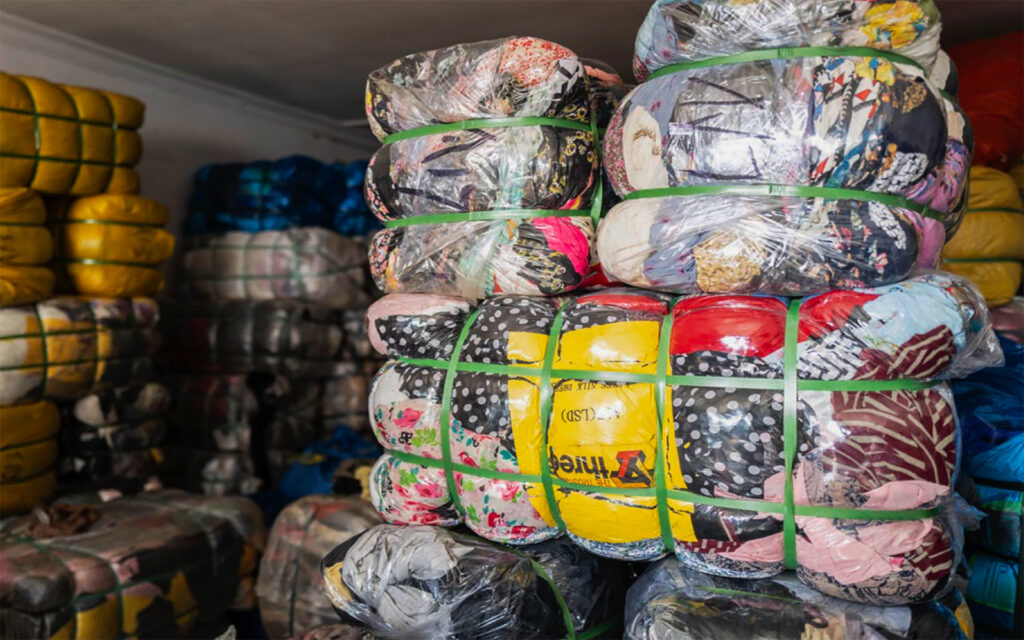
Impact of second-hand in Africa
According to the UN Statistics Division, millions of tonnes of used garments and textiles arrive on the African continent every year, thanks to the international trade in second-hand fashion that is exported from the Global North to Africa.
According to Greenpeace’s “Poisoned Gifts” report, in 2020, the United States, China, the United Kingdom, Germany, and South Korea exported the most second-hand garments. The biggest importers were Ghana, Ukraine, Nigeria, Kenya, and Tanzania.
While the second-hand fashion trade is a major economic force in African countries because of the income it generates, it faces a serious problem: a large part of the garments that are not reused due to their poor quality are sent to landfills or incinerators, harming the health of the population, polluting the environment, etc. and thus, contributing to the climate crisis.
According to the non-profit organization The Or Foundation, approximately 40% of the millions of items that pass through the Kantamanto Market each week, the largest second-hand clothing market in Ghana and West Africa, end up as waste in landfills.
Second-hand fashion is also a negative consequence for regional and national textile industries. That is why Ugandan President Yoweri Museveni announced a ban on used garments imports into the country this year, arguing that trade is stifling the development of the local textile industry.
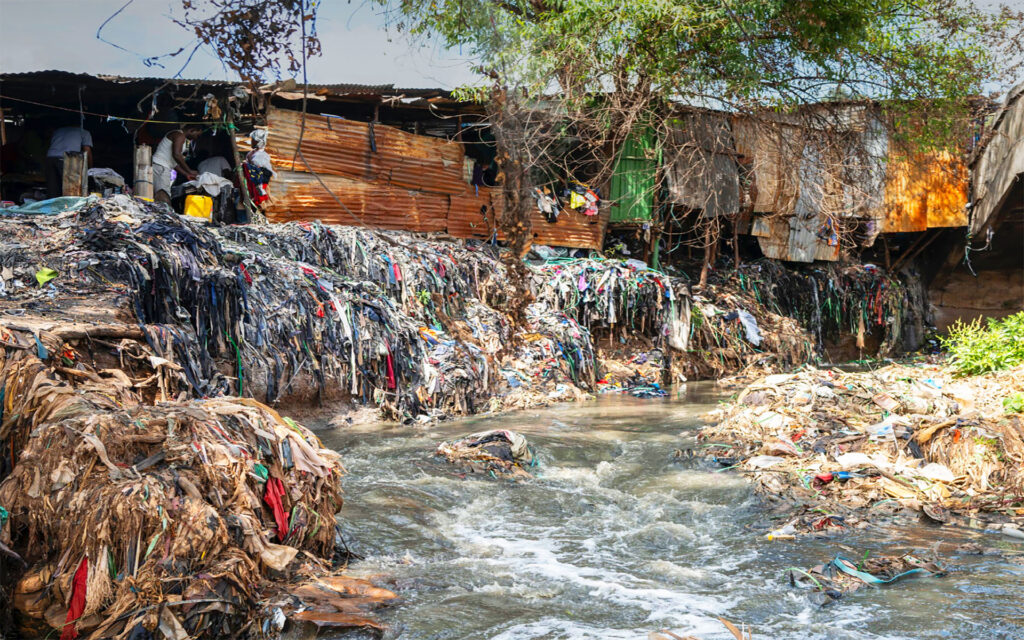
Returning to Sender
Designer Bobby Kolade, after working for major brands such as Maison Margiela, and Balenciaga in Paris and receiving several awards, launched his eponymous brand in Berlin.
By 2018, he moved from the German capital to Uganda’s capital, Kampala, to create a new circular fashion firm called Buzigahill, with a mission to help rebuild the Ugandan cotton industry by reopening factories and employing local labor.
For his first project, “Return to Sender,” he turned to the immense second-hand fashion market. They redesigned garments through the process of upcycling and then sold them in the markets of the countries of the Global North that discarded them but with a Ugandan identity.
We work with second-hand clothes, reuse them, and give them a new life, a new identity.
In his studio, each garment is carefully cleaned, studied, and then subjected to a transformational production process in the hands of his tailors.
Each piece is unique and carries an individual passport tag indicating its origin, composition, production period, and unique passport number. Based on the original heritage of each garment, they enrich it with a new design identity.
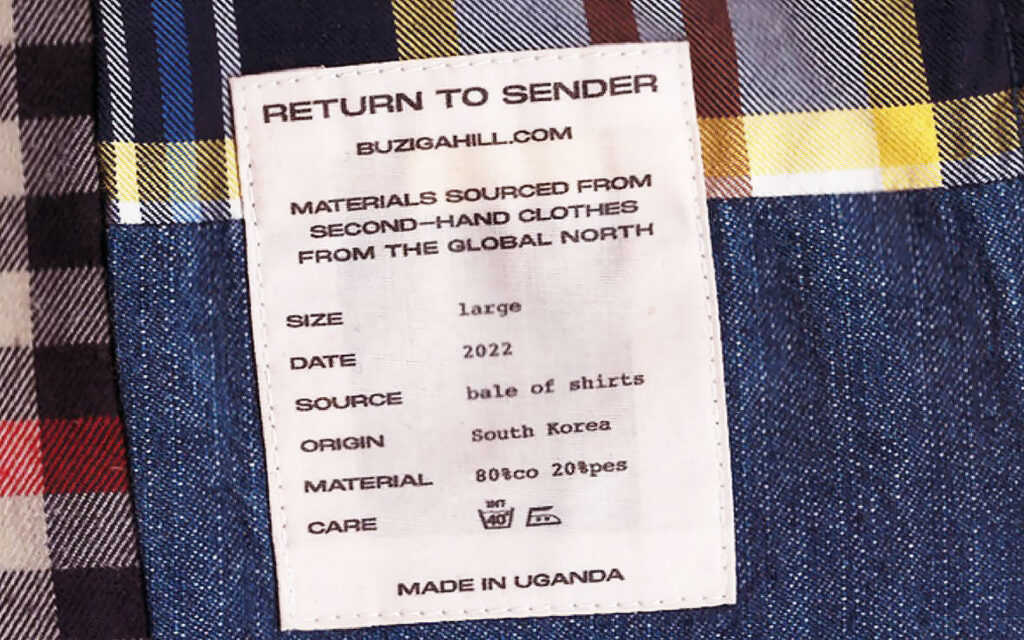
According to the designer, Buzigahill and Return to Sender are a direct response to the impact of second-hand garments on Uganda’s textile industry and are part of a national textile and clothing movement. However, his idea is not always to work with second-hand garments because he believes in the cultivation of natural fibers and in supporting local textile production.
Betting on sustainable fashion
In addition to Kolade, many committed African designers are turning textile waste into sustainable fashion.
The Revival
It is a community-led, sustainable design non-profit organization that educates, raises awareness, and creates art and jobs with recycled global textile waste that arrives in Ghana.
This community initiative is based on the culture of upcycling, an innovative and attractive way of managing textile waste in West Africa.
Founded by its creative director Yayra Agbofah, it operates in the Kantamanto market where it collects discarded second-hand items and rescues them from landfills to create fashionable garments.
The organization employs local artisans and collaborates with fashion students from local universities to create new products labeled as “trash.”
Their recycled bags are sold in the shop at the Victoria and Albert Museum in London.
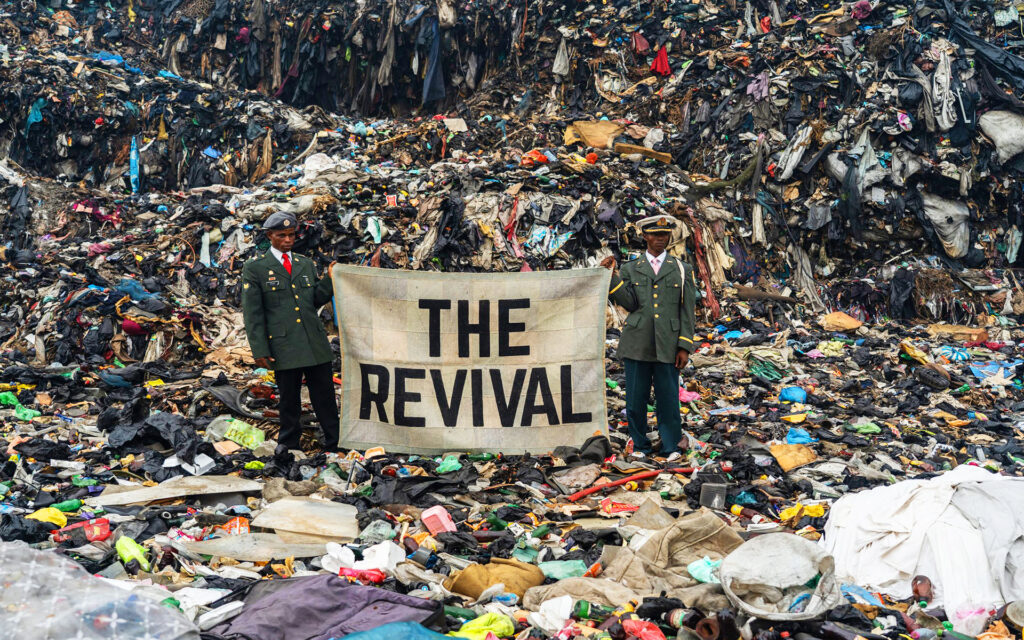
Afrofashion
Fashion designer Mehmuna Schumann founded the sustainable fashion brand Afrofashion.
Seeing the need to help Malawi’s tailors and textile sellers and how second-hand garments flooded the markets of African countries, destroying traditional production and cultural roots, she began her career recycling used garments that she blended with locally produced cotton.
The designer has exhibited her designs in many fashion shows in Africa and Europe.
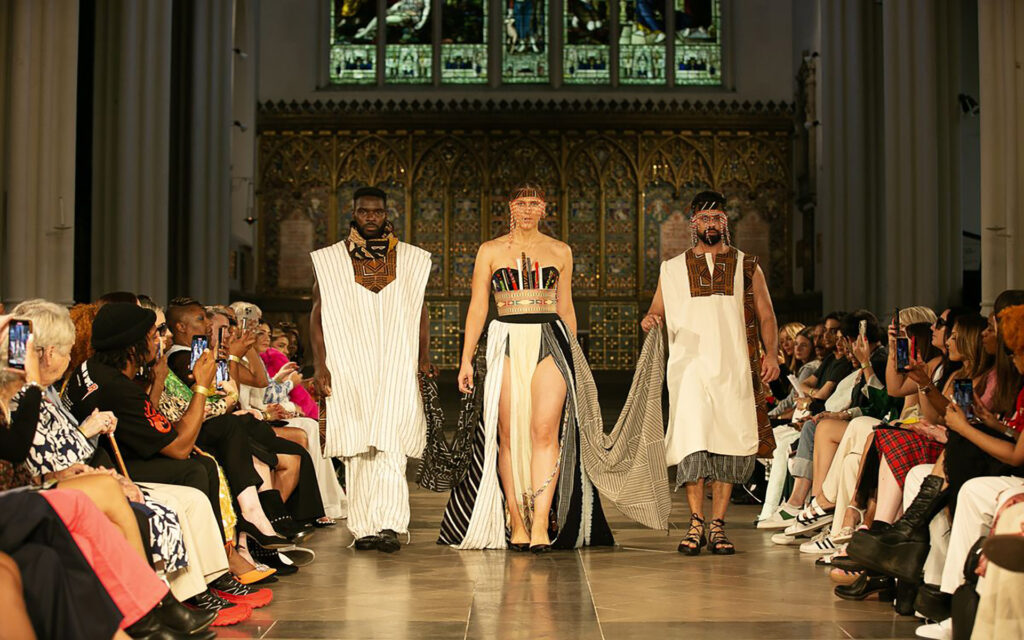
Boie & Bill
Siblings Ellisha and Calvin Bamfo, through their firm Boie & Bill, repurpose second-hand garments sourced from Ghana’s many markets, such as the Kantamanto market, where they recycle textiles and plastic waste, turning them into sustainable fashion garments.
“We try to make recycled items as unique as possible.”


